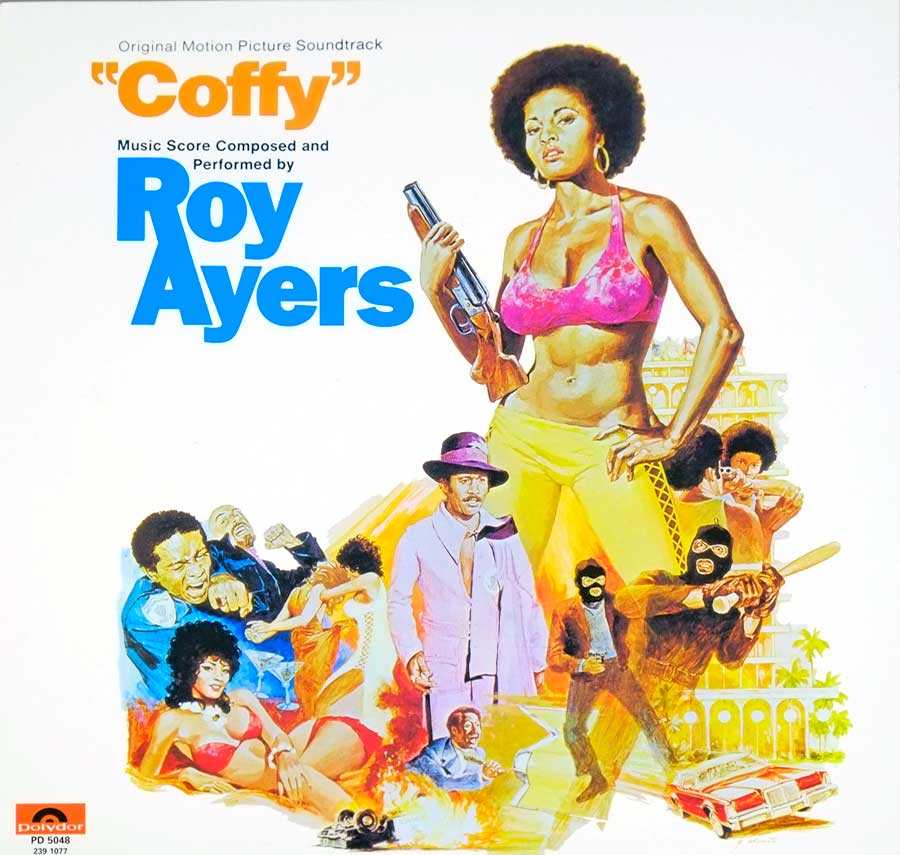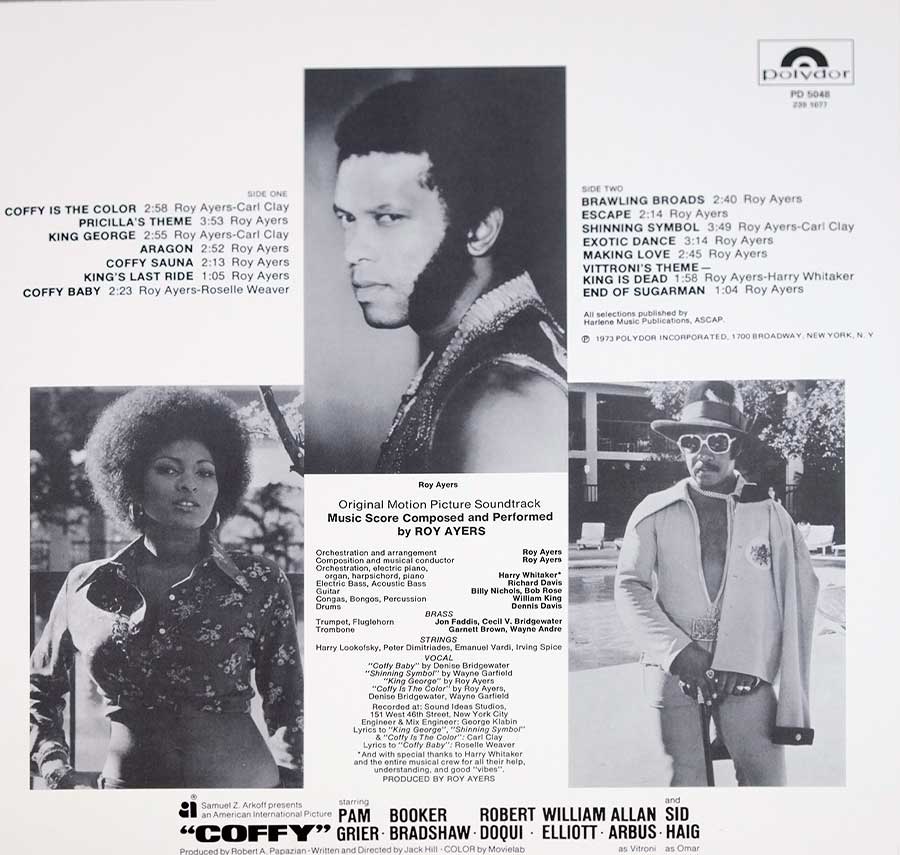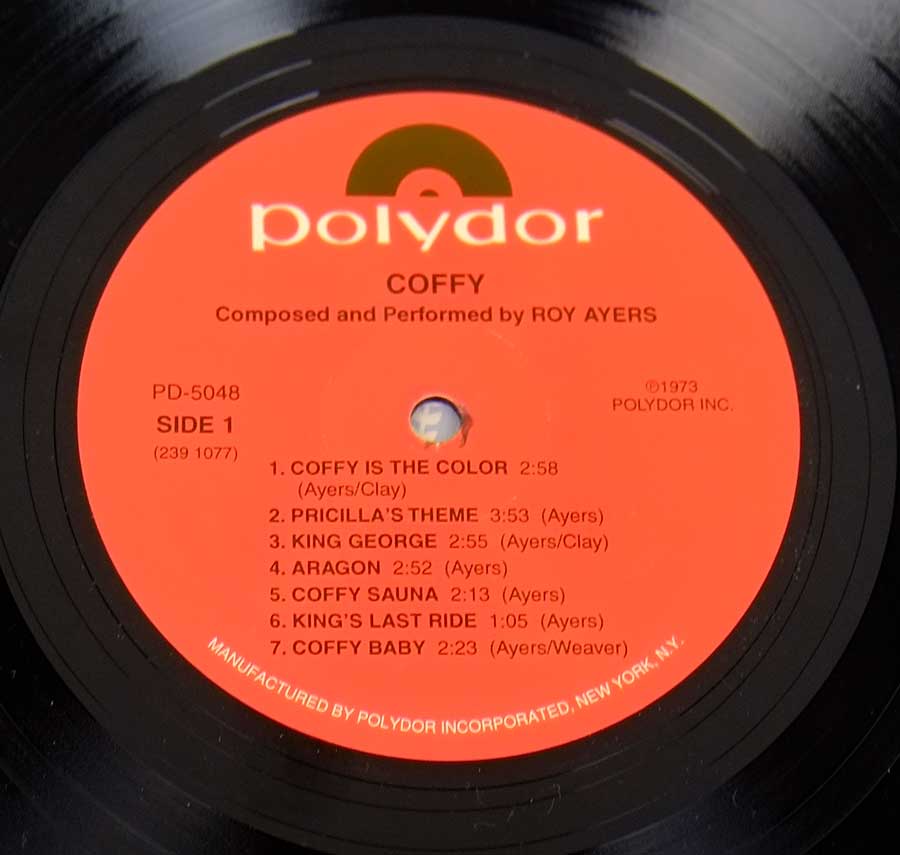laxploitation, a portmanteau of "black" and "exploitation", was a cinematic phenomenon that exploded onto US screens in the early 1970s. Driven by a desire to see complex Black characters take center stage, the genre offered a mix of empowerment and controversy that continues to be debated today.
A Response to Hollywood's Neglect
Blaxploitation films arose as a direct response to Hollywood's history of sidelining, stereotyping, and often completely erasing Black representation. These films featured Black heroes and heroines, from slick detectives and vengeful vigilantes to glamorous femme fatales. They took control of their narratives, often operating outside a system depicted as corrupt and unjust.
Stylistic Excess and Gritty Realism
Blaxploitation had a distinctive aesthetic. Urban settings, pulsating funk and soul soundtracks, bold fashion choices, and stylized action sequences defined the genre. While some films leaned heavily into exploitation elements, others explored social issues like police brutality and drug addiction with unflinching realism.
Empowerment or Stereotype?
The legacy of blaxploitation is a complex one. On one hand, it gave Black actors unprecedented opportunities to play lead roles and allowed Black filmmakers to tell their stories. Films like "Shaft" (1971) and "Coffy" (1973) offered empowering portrayals of Black strength and resilience.
However, critics argued that some films reinforced negative stereotypes of Black criminality, glorified violence, and oversimplified social issues. The genre's depictions of women, in particular, were often problematic and exploitative despite offering some powerful female characters.
Enduring Influence
Despite its controversies, blaxploitation left an undeniable mark on popular culture. Its visual flair and iconic soundtracks influenced filmmakers from Quentin Tarantino to the creators behind hip-hop music videos. The genre challenged the status quo, forcing audiences to confront Black experiences with a rawness that had rarely been seen on screen.
A Complex Legacy
Blaxploitation was far from a monolithic movement. It encompassed a wide range of films, some offering empowering visions while others fell into exploitative tropes. Understanding its complexities means acknowledging the desire for self-representation, the groundbreaking opportunities it offered, and the problematic elements that remain a part of its legacy.


